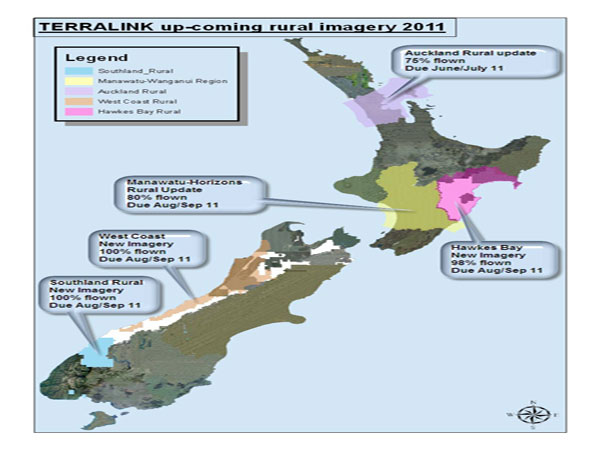



Date:05/08/11
 The Walking Access Commission recently launched a new online mapping system which aims to help users better identify publically accessible land in any part in New Zealand.
The Walking Access Commission recently launched a new online mapping system which aims to help users better identify publically accessible land in any part in New Zealand.
According Mark Neeson, Chief Executive of the Walking Access Commission, the new free-to-use mapping access system will be a valuable resource for both recreationalists and land owners.
“The benefits of the mapping system to groups like walkers, anglers and hunters are huge, but these maps are also vitally important for landholders. Detailed maps that inform the public about land that is and isn’t publically accessible are essential if people are to know the extent and limits of their legal access.” “Access over private land was always a matter of negotiation between a person seeking access and the landowner,” he said.
The Walking Access Mapping System uses GIS technology to allow users to view images and zoom in using topographic or aerial view to investigate publically accessible land in the country. In addition, it also offers a ‘Tracks and Access Points’ view that shows physical tracks and other access points to the outdoors, and an ‘Information Tool’ that can be used to view information about different access classifications or identify publically accessible land within up to 3km of any chosen location. Users can also make inquiries directly to the Commission about public access, use a ‘Draw’ tool to measure distances between various points, and print maps.
NZ Introduces Online Walking Access Mapping System
 The Walking Access Commission recently launched a new online mapping system which aims to help users better identify publically accessible land in any part in New Zealand.
The Walking Access Commission recently launched a new online mapping system which aims to help users better identify publically accessible land in any part in New Zealand. According Mark Neeson, Chief Executive of the Walking Access Commission, the new free-to-use mapping access system will be a valuable resource for both recreationalists and land owners.
“The benefits of the mapping system to groups like walkers, anglers and hunters are huge, but these maps are also vitally important for landholders. Detailed maps that inform the public about land that is and isn’t publically accessible are essential if people are to know the extent and limits of their legal access.” “Access over private land was always a matter of negotiation between a person seeking access and the landowner,” he said.
The Walking Access Mapping System uses GIS technology to allow users to view images and zoom in using topographic or aerial view to investigate publically accessible land in the country. In addition, it also offers a ‘Tracks and Access Points’ view that shows physical tracks and other access points to the outdoors, and an ‘Information Tool’ that can be used to view information about different access classifications or identify publically accessible land within up to 3km of any chosen location. Users can also make inquiries directly to the Commission about public access, use a ‘Draw’ tool to measure distances between various points, and print maps.
Views: 957
©ictnews.az. All rights reserved.Similar news
- 24% of U.S. Adults have made phone calls on the Internet
- UNESCO puts sustainable learning online
- Australia gives incentives for the use of telehealth
- US launches computer programme for poor kids
- UN declares web access as human right
- Facebook growth slows in stalkerbase heartlands
- One Third of Millionaires Use Social Media
- Facebook Seeks Bigger Role in Software for Mobile Apps
- Icann increases web domain suffixes
- IBM launches new social networking platform for enterprises
- Google Notches One Billion Unique Visitors Per Month
- Internet providers cut international channel renting costs by 60%
- Azerbaijan launches standard time on internet
- Icann launches facility to ease DNSSec adoption
- Social network data mining yields worrying results for traditional media





















